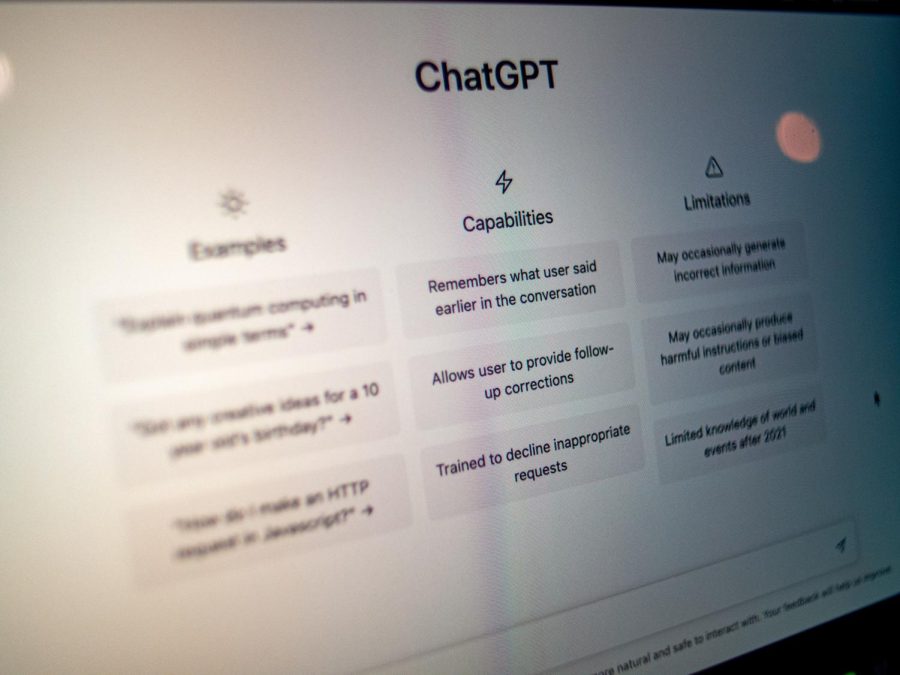ChatGPT: Friend or Foe?
The new artificial intelligence tool ChatGPT has taken the world by storm. From answering simple questions to acing the bar exam, the versatility of the program has paved the way for it to be widely used.
With over 100 million users, the program itself has evolved greatly from the first version, GPT-3.5. Many versions of the tool have been released, available to the public for a monthly fee. Its research model, however, is free to use.
As an AI language model designed to output human-like text based on the context of the user’s prompt, ChatGPT is trained on a large body of text from a variety of sources, such as news articles, Wikipedia pages, and scientific journals. However, with the program becoming increasingly more capable, there are many more risks as well.
The biggest and most notable risk of ChatGPT, and artificial intelligence in general, is the possibility of generating inaccurate information. If users don’t go the extra mile to actually check the output that ChatGPT has generated, they are in trouble.
For example, David Wilkerson, editor of the Oxford Review, published a video on the Oxford Review website saying that ChatGPT has the ability to make up fake academic references.
“One of my students turned in a project and I was looking through the references and there was one that I didn’t recognize,” said Wilkinson. “I went and checked it out. I did a quick Google Scholar and couldn’t find it. I went to the actual journal and I couldn’t find it either. I was thinking, ‘This is a little bit weird.’”
Why? Because the source was generated from ChatGPT.
As the learning and teaching blog TECHE from Macquarie University explains: “[ChatGPT] uses a statistical model to guess, based on probability, the next word, sentence and paragraph to match the context provided by the user. […] In short, the model has no ability to evaluate if the output it is producing equates to a truthful statement or not.”
The controversy surrounding such advanced AI is especially manifested in schools. Many students are using the program for homework, and even worse, tests. Some teachers still see it’s potential, though.
“My wife has been a fan of this technology, and so am I,” said history teacher Noel Kellams. “ChatGPT is a fantastic, cutting-edge piece of technology that will find many uses, mostly positive, and some negative. How we adapt to this technology will be most important. Make sure that we use it for good.”
Schools have already included Chat GPT in their rules about plagiarism, so if you’re thinking of using it for any reason, check with your teacher first. If you choose to experiment with it outside of schoolwork, you’ll need to do the work to double-check it for accuracy.
“Just because it’s coming out of ChatGPT doesn’t mean it’s right,” Wilkinson advises. “Sometimes it seems to be making stuff up, or it’s copying stuff from somewhere that’s not correct. You need to be very careful about what you’re doing, particularly in academic circumstances, but professional circumstances as well.’
Remember, if you put your name on it, you are ultimately responsible for any outcomes.


